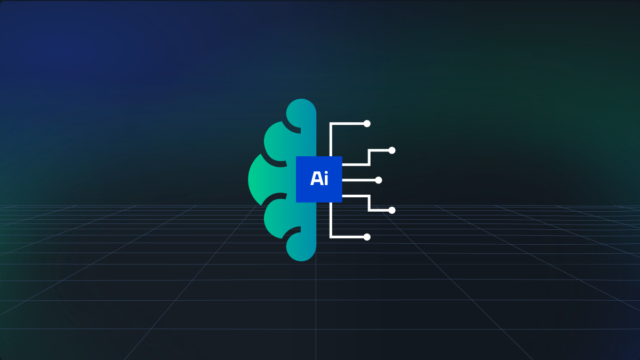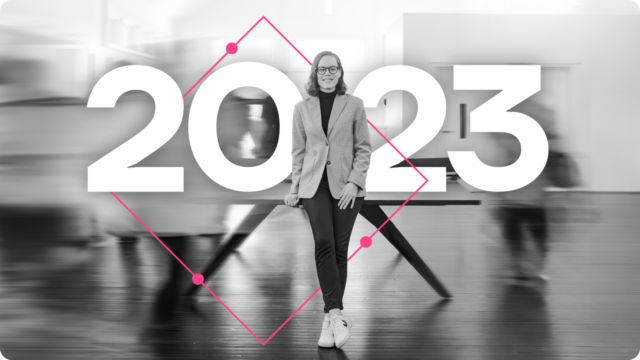What we learned at Collision, North America’s fastest-growing tech conference
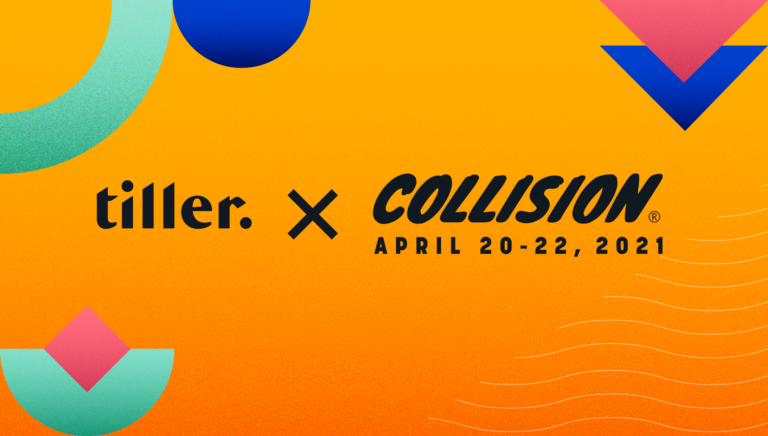
Our team recently attended (virtually) the 2021 Collision Conference, often referred to as “the Olympics of tech”. Over the span of three days, we tuned in to presentations, masterclasses, and roundtables, and connected with “techies” from around the world.
Why Collision?
Because the world is changing fast. All around us, entire industries are reinventing themselves to stay relevant and keep up with the rapid acceleration of digital transformation.
Agriculture. Health care. Food and beverage. Transportation. Government. Finance.
Every industry you can think of has been posed the same question: “How are you going to stay relevant in an increasingly digital world?”
What worked for companies two years ago won’t work today. Whether it’s the way we communicate with our customers, how we collaborate with our teams, or how we create products. So much has changed. And things aren’t slowing down.
That’s why we decided to attend Collision. Because we wanted to discover what CEOs, analysts, entrepreneurs, and icons believe tomorrow will look like. It’s those learnings (combined with our own predictions) that enable Tiller to be nimble and better serve our customers, those tech companies seeking to stay ahead of the curve and make an impact in the world.
What did we learn?
A lot. Our team spread out and chose sessions that appealed to both their personal and professional interests. We soaked up everything from Ryan Reynolds’ marketing tactics to Glamour UK’s creative process to NASA’s upcoming missions, and beyond.
Now, we can’t share it all (seriously, we have pages upon pages of Google docs with notes), but we wanted to share a few of our team’s key takeaways. We hope you find them interesting and valuable to your own business.
Calgary – tech in our own backyard
Frequently listed as one of North America’s top 5 most livable cities, Calgary has a lot going for it (no need to convince our local team, we love it here!) Not only do we have the mountains, Chinook winds, and glorious turquoise lakes, but we have tech. Lots of it.
Home to 400+ tech companies (and growing), Calgary has a unique blend of senior tech talent and diversified experience transitioning into the market from oil and gas. Several of the sessions at Collision reminded us of the ambitious and supportive tech community that exists in our backyard, and it was exciting to hear how organizations like the Calgary Economic Development are investing in Calgary and Alberta’s tech economy.
Here are just a few of the Calgary-based tech companies we’re excited about (some of which we’re actively working with):
Your brand is your competitive advantage
One of our favourite Collision Conference sessions hammered home a point we very much believe: identifying your brand purpose early on is critical – even for the lean, mean tech startup machine. Too often startups focus entirely on their product and put brand on the backburner. While this may seem logical (and even smart) at first, it can be detrimental to your long-term success.
With hundreds of thousands of tech companies in North America and new startups popping up all the time, your brand is a more powerful differentiator than your product. After all, anyone can copy your offering and recreate your software. But when customers know what you believe, how you behave, and why you exist (and they believe it to be genuine) there’s a far greater chance they will remain loyal to your brand even as competitors pop up in the market.
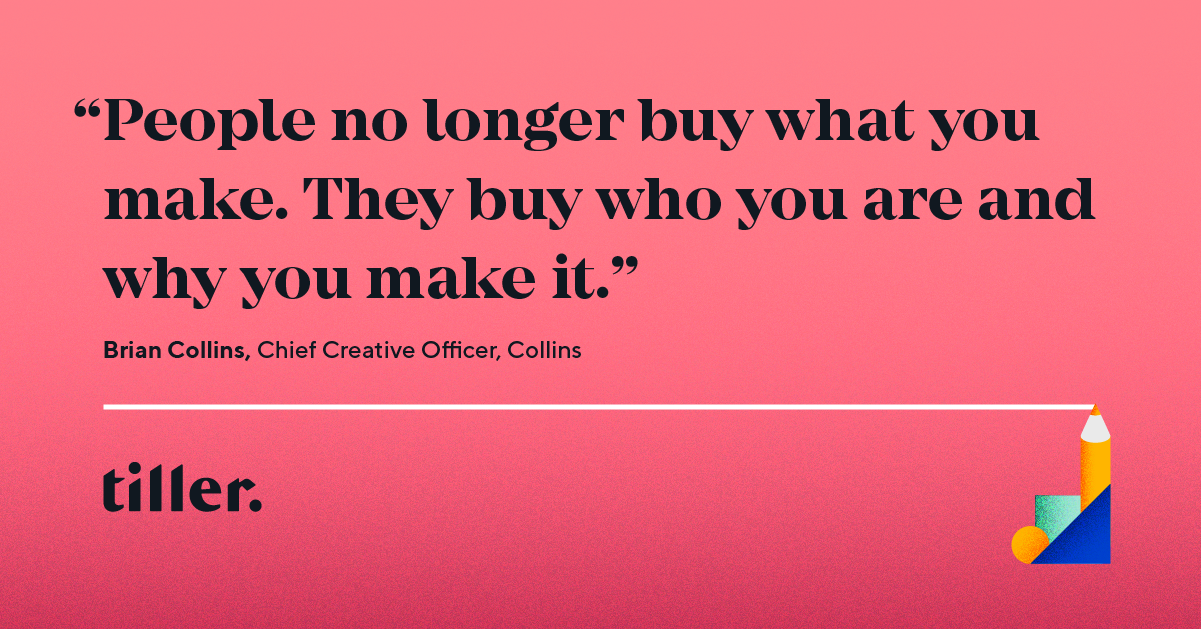
Other branding tidbits
- Consumers appreciate brands for a variety of reasons – remember that your brand is what the consumer says it is
- Think of brand beyond the words and pictures – it’s about the experience someone has with your brand
- When naming your company, make it memorable and emotional, and avoid restrictive, spelling-challenged, or copycat names
The old way of websites is long gone
Years ago, you were succeeding if you simply had a website. Fast forward a few years and people started to see them as a tool. They would update their website every year or so, maybe even every quarter. But those days are long gone.
Now, brands everywhere are realizing that their website can deliver a serious return on investment – if it’s nurtured and refined regularly.
Website cycle times today should be measured in months, even weeks – not years. Change or add a page, improve the user experience, refresh your design, update your messaging, test new martech tools.
Whatever you do, don’t stand still.
The world (and your customers) will move on and your website (and by extension, your business) will get left in the dust, traded in for a better, more relevant experience. The companies that see their website as their most valuable digital product are the companies that will come out on top.
Now is the time for fastvertising
Ryan Reynolds was probably the most advertised face at Collision. And rightly so. Since becoming an owner and creative collaborator at Mint Mobile, his marketing stunts have got people talking. His method? Speed and value.
“Fastvertising” aims to move at the speed of culture, and Reynolds leverages this strategy by helping Mint take relevant topics and events and turn them into ads, seemingly overnight. Reynolds spoke about the company’s goal to make content memorable, without throwing more money at it.
What resonated most with our team was their emphasis on delivering real and surprising value to their customers. Everything about Mint Mobile’s brand, marketing, and offering is focused on the simple purpose of helping customers save money on phone bills.
“How do we make sure our customers feel seen and heard rather than focusing purely on growth?”
– Ryan Reynolds, Actor & Owner, Mint Mobile
Other marketing tidbits
- To thrive in high growth you have to be scrappy. Do you want it now or do you want it to be perfect?
- Personalized, conversational messaging is the fastest-growing consumer trend
- 60% of visitors will abandon a site with a bad first impression
- Martech stacks offer companies more value and customization than a suite of products from a single brand
- To stand out in B2B, shift from marketing as a promotional activity to thinking about customers in the context of how they actually use the product
- Be agile and respond to what you’re learning about your audience and how they’re reacting to relevant events
- Response rates on emails with video are on average 26% higher than traditional text-only emails
Embrace asynchronous work
Remote and hybrid work was, of course, a major theme in the conference. We heard from many companies on strategies they’ve adopted to help their teams succeed over the past year, and asynchronous work was a common thread. When teams are distributed, engaging is synchronous meetings and work can be more than a scheduling challenge. It can contribute to employee burnout and operational inefficiency.
There is a difference between digesting information and collaborating. If meetings are too focused on digesting information they’ll be unproductive. Adopting more asynchronous methods like pre-recorded video briefings or assigning pre-reading before meetings can help reduce the dreaded Zoom fatigue and drive more effective and creative collaboration when you do meet in real-time.
Culture is a living, breathing thing
Ray Dalio, author of Principles. is a favourite author of ours at Tiller, so we were beyond excited to hear him speak on personalities and effective team building.
He spoke about the importance of understanding your own strengths and weaknesses, and surrounding yourself with people who are strong in areas you are not. Knowing what we need personally, and what our teammates need, is key to building strength within a team.
Empathy wins
Empathy is an increasingly hot topic today, not surprising given the events of the past year when homelife and work-life collided head-on. Screaming kids, barking dogs, and accidental on-screen walkthroughs reminded us that yes, in fact, we are all human. And real life is a little crazy.
Humanity, empathy, and emotion came up time and time again throughout Collision. Discussions around making AI feel human, focusing on the customer over your own business growth, and creating brands that take a stand on social issues that matter, were prominent in sessions across the board.
Proclaimed to be our society’s secret sauce in branding, marketing, culture, and more, empathy is the ability to think, “What does my audience care about and what do they need?” and “What do my teammates need?”
Individuals and brands who are empathetic and genuinely seek to understand the needs of those around them (and then act on them) are likely to outperform those constrained to a singular mindset and point of view.
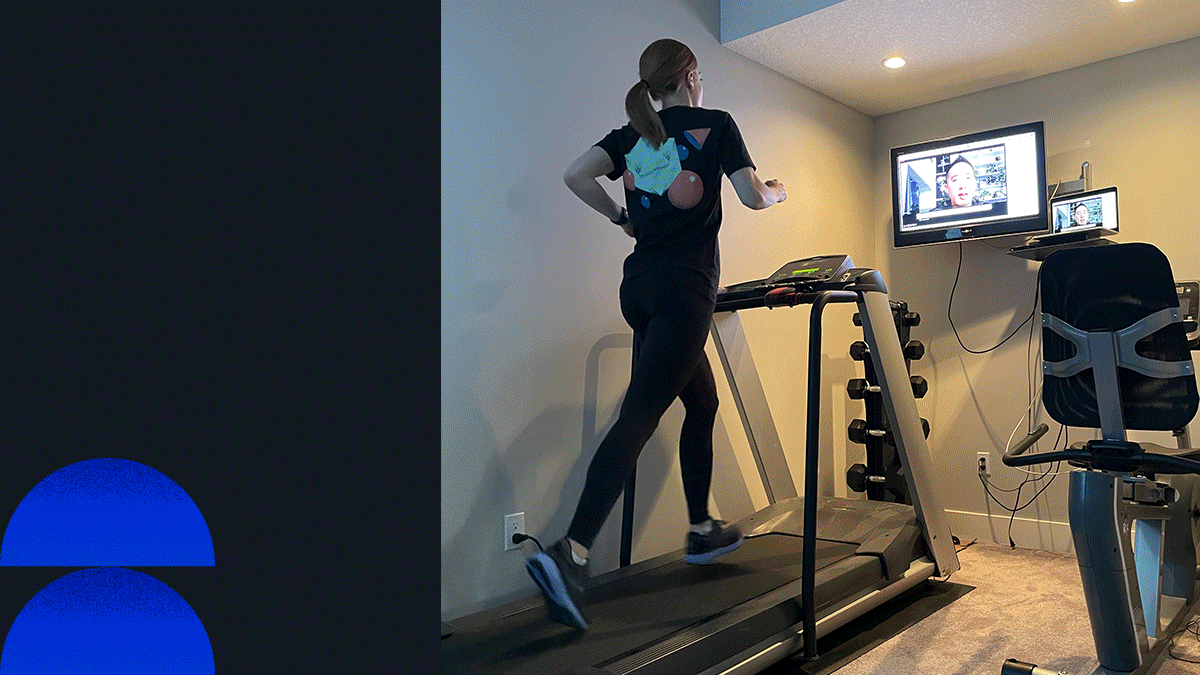
Applying what we’ve learned – and how you can too.
Conferences are funny things. If you’re anything like us, you get energized by them, and your head gets flooded with new ideas, inspiration for change, and the motivation to do more and be more.
The trick is to build on that momentum, act on the learnings, and create the change necessary to stay relevant and effective in this rapidly changing digital world.
If you’re reading this and thinking “Wow, we need to revisit our website” or “Uh-oh. Our brand is not well defined”, reach out. Let’s talk and see how we can work together to evolve at the speed of tech.


